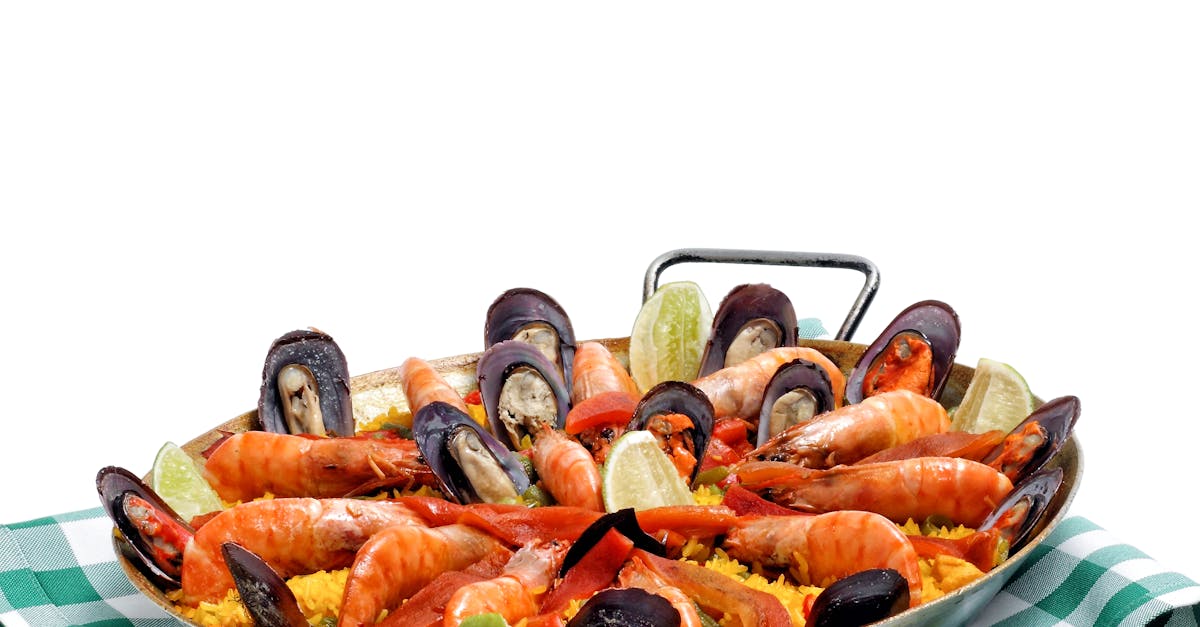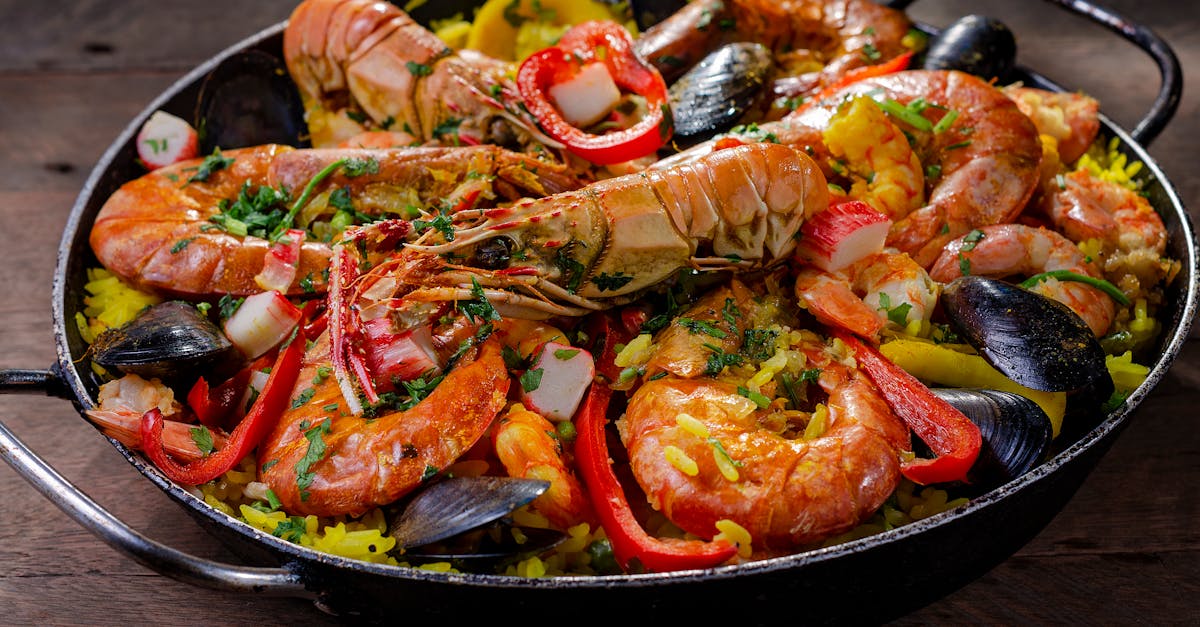The History of Paella
November 20, 2024

The tantalizing aroma of saffron-infused rice, seafood, and spices floating through the air; the distinctive sizzle of ingredients as they lovingly meld together in a wide pan. These sensory experiences are synonymous with one of Spain's most famous dishes: Paella.
The history of paella is as rich and diverse as the flavors found in this iconic Spanish dish. With its origins deeply rooted in the fields of Valencia, the birthplace of paella, this dish has evolved over the centuries, adapting to new ingredients and techniques while maintaining its core essence.
The story of paella dates back to the 18th century, where it was commonly prepared by farm laborers using readily available ingredients such as rice, tomatoes, and beans. Over time, as trade flourished and new ingredients were introduced to Spain, the dish began to transform. The traditional Valencian paella, known as "Paella Valenciana," typically includes a delightful combination of rabbit, chicken, snails, and beans, reflecting the rural roots of this culinary masterpiece.
Moreover, as paella gained popularity across Spain and beyond, different regions began to put their own unique spin on the dish. Seafood paella, for example, emerged from coastal areas, featuring an array of fresh seafood such as shrimp, mussels, and squid. The vibrant colors and flavors of this variation quickly captivated food enthusiasts worldwide.
Without a doubt, paella has become a symbol of Spanish cuisine, embodying the country's spirit of creativity and passion for good food. Whether enjoyed at a lively gathering with friends and family or savored at a cozy seaside restaurant, paella continues to evoke a sense of warmth and conviviality that is truly unparalleled.
Surprisingly, the adaptability of paella goes beyond its traditional meat or seafood variations. Vegetarian paella has also emerged as a popular alternative, showcasing a colorful array of vegetables like bell peppers, artichokes, and peas. This version caters to the changing dietary preferences of many and showcases the versatility of this beloved dish.
Equally important, the cooking vessel itself plays a crucial role in shaping the final outcome of paella. The wide, shallow pan known as a "paellera" ensures that the rice cooks evenly and absorbs the flavors of the ingredients. The unique design of the pan allows for the formation of the coveted "socarrat," a crispy layer of rice at the bottom that adds a delightful texture to the dish.
Besides, the social aspect of paella should not be overlooked. This dish has a way of bringing people together around a communal table, fostering conversations and creating lasting memories. The act of sharing a steaming pan of paella symbolizes unity and togetherness, making it a cherished part of Spanish culinary culture.
On the other hand, the art of paella-making has been passed down through generations, with recipes often kept within families or shared among close friends. This oral tradition ensures that the soul of paella remains intact, preserving both its roots and its evolution over time.
In reality, paella stands as a testament to the ingenuity and adaptability of Spanish cuisine, constantly evolving while staying true to its origins. Whether enjoyed in a rustic farmhouse or a modern city restaurant, the essence of paella remains a vibrant celebration of flavors, history, and community.

Unearthing the origins of the Spanish rice dish
In like manner, the evolution of paella exemplifies the dynamic nature of culinary traditions. As new ingredients and cooking methods continue to influence the way this iconic dish is prepared, it adapts and thrives, all while retaining its cultural significance. The essence of paella is not just in its ingredients or the way it is cooked but in the communal experience it fosters among those who gather to enjoy it.
Paella has become more than a dish; it is a symbol of unity, bringing people together to share in its flavorful abundance. This shared act of enjoying a meal is a testament to the social fabric woven through Spanish culinary heritage. The legacy of paella extends beyond its origins in Valencia, transcending borders and captivating taste buds around the world.
As paella continues to be celebrated and reinvented in kitchens globally, it remains a steadfast reminder of the beauty found in culinary diversity. The journey from humble beginnings in the fields of Spain to international tables showcases the lasting impact of a dish that embodies tradition, innovation, and above all, the joy of sharing good food with good company.
In essence, the journey of paella from its humble beginnings to international fame mirrors the evolution of Spanish culinary traditions. The ability of this iconic dish to adapt, innovate, and bring people together underscores its significance beyond a mere meal. It represents a cultural tapestry woven from heritage, creativity, and shared experiences.
As a result, the legacy of paella endures as a beacon of culinary diversity, reminding us of the power of food to unite and delight across borders and generations. The next time you savor a steaming plate of paella, take a moment to appreciate not just the flavors and aromas but the centuries of history and tradition that have gone into each delectable bite. Just like the varied ingredients that come together in a harmonious blend, paella serves as a symbol of togetherness and celebration, inviting us all to partake in its rich and flavorful narrative.

Title
I'm a paragraph. Click here to add your own text and edit me. It's easy.

Title
I'm a paragraph. Click here to add your own text and edit me. It's easy.

Title
I'm a paragraph. Click here to add your own text and edit me. It's easy.